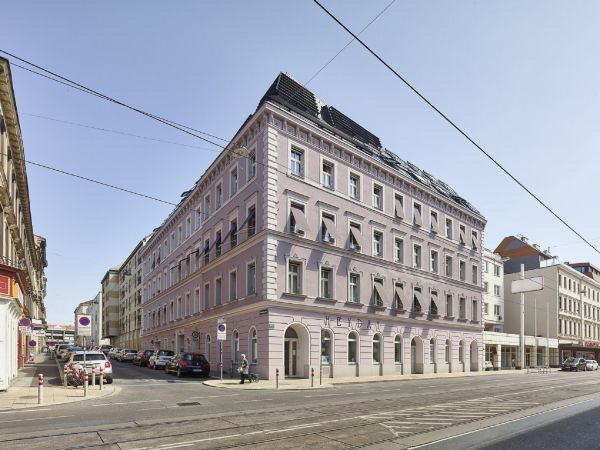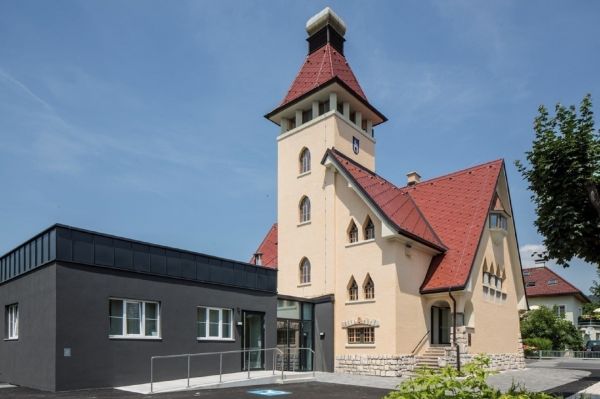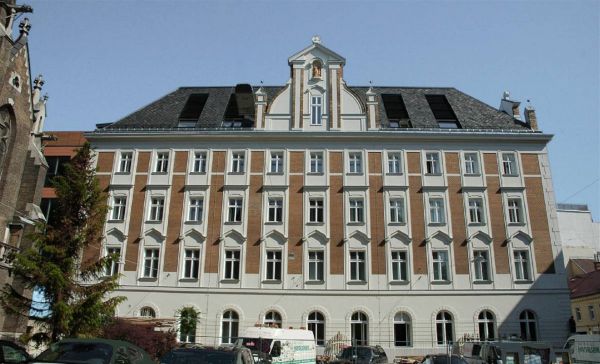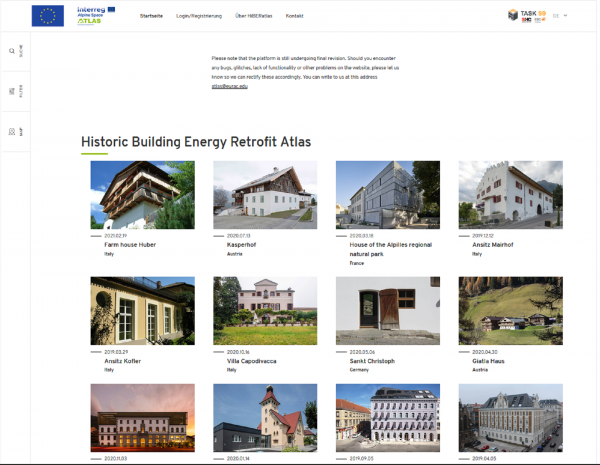IEA SHC Task 59/EBC Annex 76: Deep Renovation of Historic Buildings - Towards lowest possible energy demand and CO2 emission (nZEB)
Short Description
From an economic point of view, the preservation of our historic building stock, which represents around a quarter of the building stock in Europe, can only succeed if it´s future use is secured. Still, renovation solutions and technologies must be found that make it possible to preserve the historical and architectural values while at the same time increasing comfort, reducing energy costs and minimizing environmental pollution.
The goal of the project was to identify good approaches and best practices and to promote innovative solutions that are compatible with preserving the character of historic buildings. For this purpose, innovative renovation solutions were documented and further developed with regard to both the building envelope (in particular methods of internal insulation) and building technology (e.g. ventilation and solar technology).
Within the framework of the Austrian participation, results and findings were compiled in Subtask A and C in particular. As part of the development of a "Knowledge Base" in Subtask A, innovative renovation solutions from Austrian demonstration projects were incorporated into the HiBERatlas (www.hiberatlas.com). The main objective of Subtask C was to identify, evaluate and, if necessary, further develop rehabilitation solutions and strategies for historic buildings. These solutions took into account elements of the historic buildings that are worth preserving, that meet energy efficiency goals towards lowest possible energy demand and CO2 emissions (NZEB), and are available for comprehensive, integrated rehabilitation concepts and strategies.
Project Images
Terms of use: The pictures listed underneath the header “Project Pictures” originate from the projects in the frame of the programmes City of Tomorrow, Building of Tomorrow and the IEA Research Cooperation. They may be used credited for non-commercial purposes under the Creative Commons License Attribution-NonCommercial (CC BY-NC).
Participants
Italy (EURAC: Operating Agent), Belgium, Germany, Denmark, France, Great Britain, Ireland, New Zealand, Austria, Sweden, Switzerland, Spain, Turkey, USA
Contact Address
e7 energy innovation & engineering
DI Susanne Kuchar, BSc (lead Subtask A)
Walcherstraße 11/43
1020 Wien
T: +43 1 907 80 26 - 67
E-Mail: susanne.kuchar@e-sieben.at
www.e-sieben.at
Universität Innsbruck
Institut für Konstruktion und Materialwissenschaften
Arbeitsbereich Energieeffizientes Bauen
assoz. Prof. Dr.-Ing. Rainer Pfluger
Technikerstr. 13
A-6020 Innsbruck
Tel.: +43 (512) 507-63602




